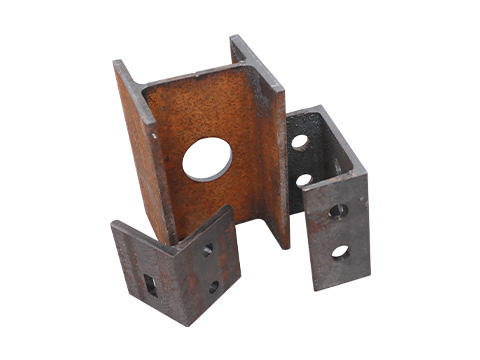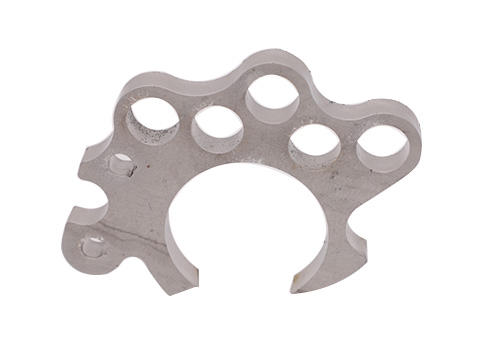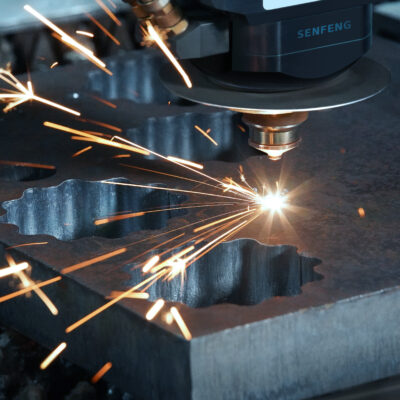The quality of the metal laser cutter mainly depends on its cutting quality, which is a direct way to check the quality of the equipment. For new customers, they will require proofing first when purchasing equipment. In the proofing process, customers not only pay attention to the cutting speed of the equipment, but also pay attention to the cutting quality of the sample. So how to judge the cutting quality? What aspects should be paid attention to?
1.Roughness
The surface after laser cutting will form vertical lines. The depth of the texture determines the roughness of the cut surface. The shallower the grain, the smoother the cut section. In addition, roughness affects not only the appearance of the edges, but also the friction characteristics. Therefore, in most cases, it is necessary to reduce the roughness as much as possible, so the shallower the grain, the higher the cutting quality.

2.Verticality
If the thickness of the sheet metal exceeds 10mm, the verticality of the cutting edge is very important. When away from the focus, the laser beam becomes divergent, and depending on the position of the focus, the incision widens toward the top or bottom. The cutting edge will deviate from the vertical line by a few hundredths of a millimeter. The more vertical the edge, the higher the cut quality.

3.Cutting Width
Generally speaking, the cut width does not affect the cutting quality. However, when a particularly precise contour is formed inside the part, the cutting width has an important influence. This is because the cutting width determines the minimum inner diameter of the profile. When the thickness of the sheet increases, the cutting width also increases. Therefore, in order to ensure high accuracy, no matter how large the width of the incision is, the workpiece in the processing area of the fiber laser cutting machine should be constant.
4.Lines
When cutting thick plates at high speed, the molten metal will not appear in the incision below the vertical laser beam, but will spray out at the rear of the laser beam. As a result, curved lines will be formed at the cutting edge, and this lines will closely follow the moving laser beam. In order to correct this problem, reducing the feed rate at the end of the cutting process can greatly eliminate the formation of lines.

5.Glitch
The formation of glitch is a very important factor that determines the quality of laser cutting. Because the removal of glitch requires extra work, the amount of glitch is the most intuitive way to judge the quality of the cutting.
6. Heat Affected Zone
The heat-affected zone refers to the depth of the area where the internal structure changes. In laser cutting, the area near the incision is heated, which changes the structure of the metal. For example, some metals will harden.
7. Deformed
If the part heats up sharply during the cutting process, it will deform. This is especially important in fine machining, because the contours and connecting pieces here are usually only a few tenths of a millimeter wide. Controlling the laser power and using short laser pulses can reduce parts heating and avoid deformation.
SENFENG has engineers and technicians that can travel almost anywhere in the US to help with installation, on-site training, stocking of spare parts, and any technical support that our clients should need. SENFENG laser machines also come with a 2-year warranty, FREE shipping, and 24/7 customer support in the US. If you want to know more about how to judge the quality of metal laser cutting machine, please contact SENFENG USA.
Tel: 562-319-8053
Email: info@senfenglaserusa.com
